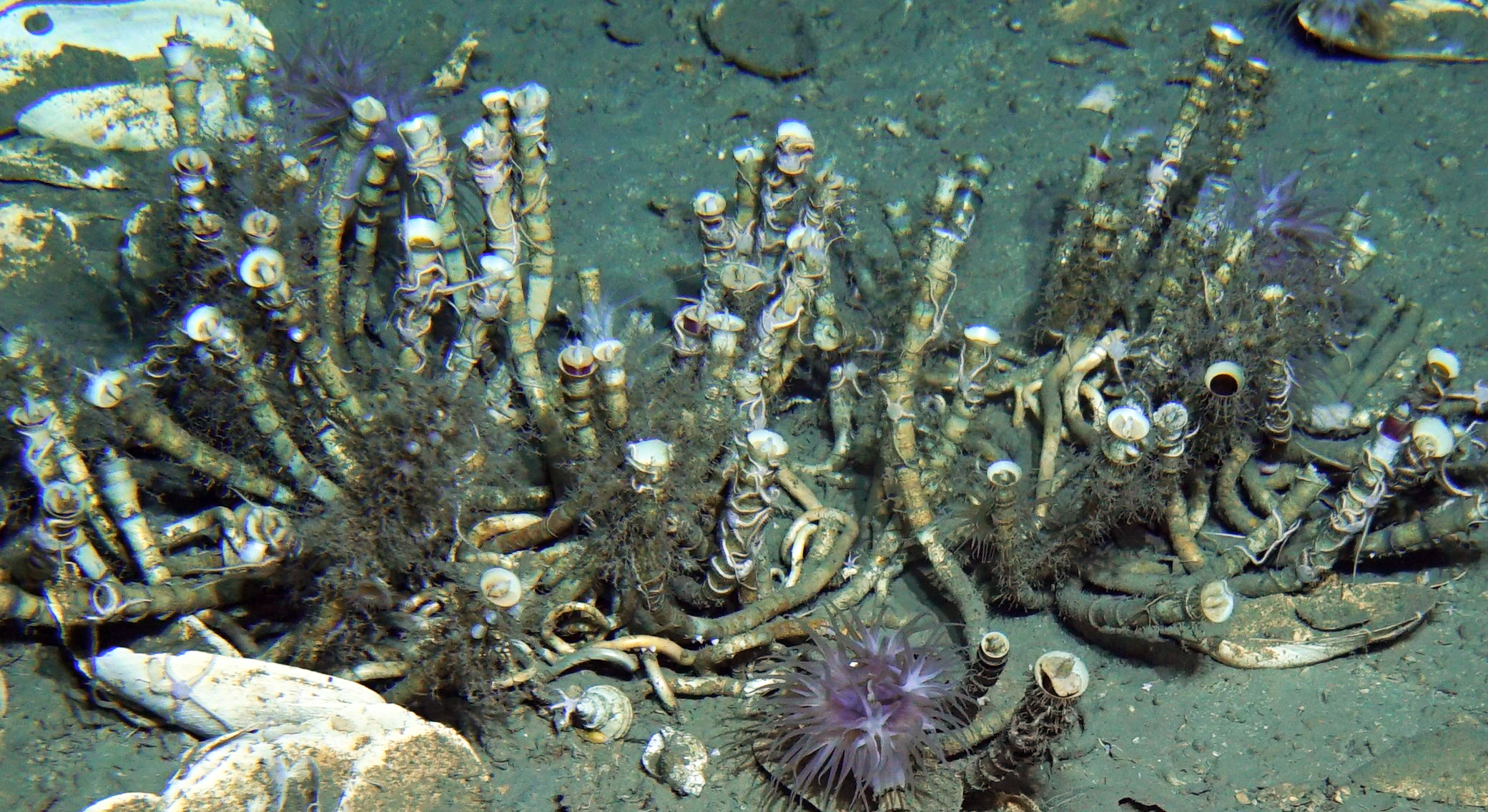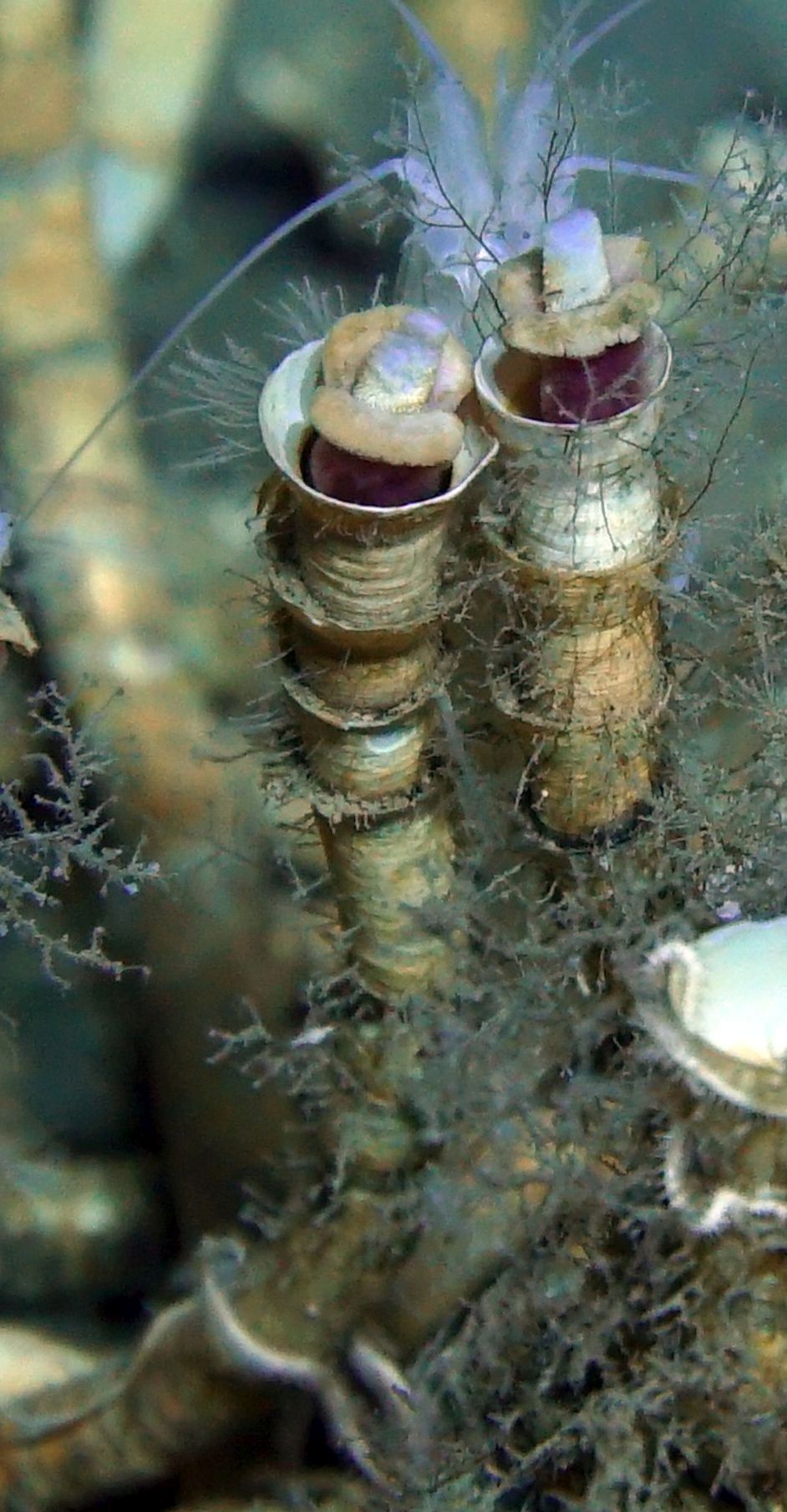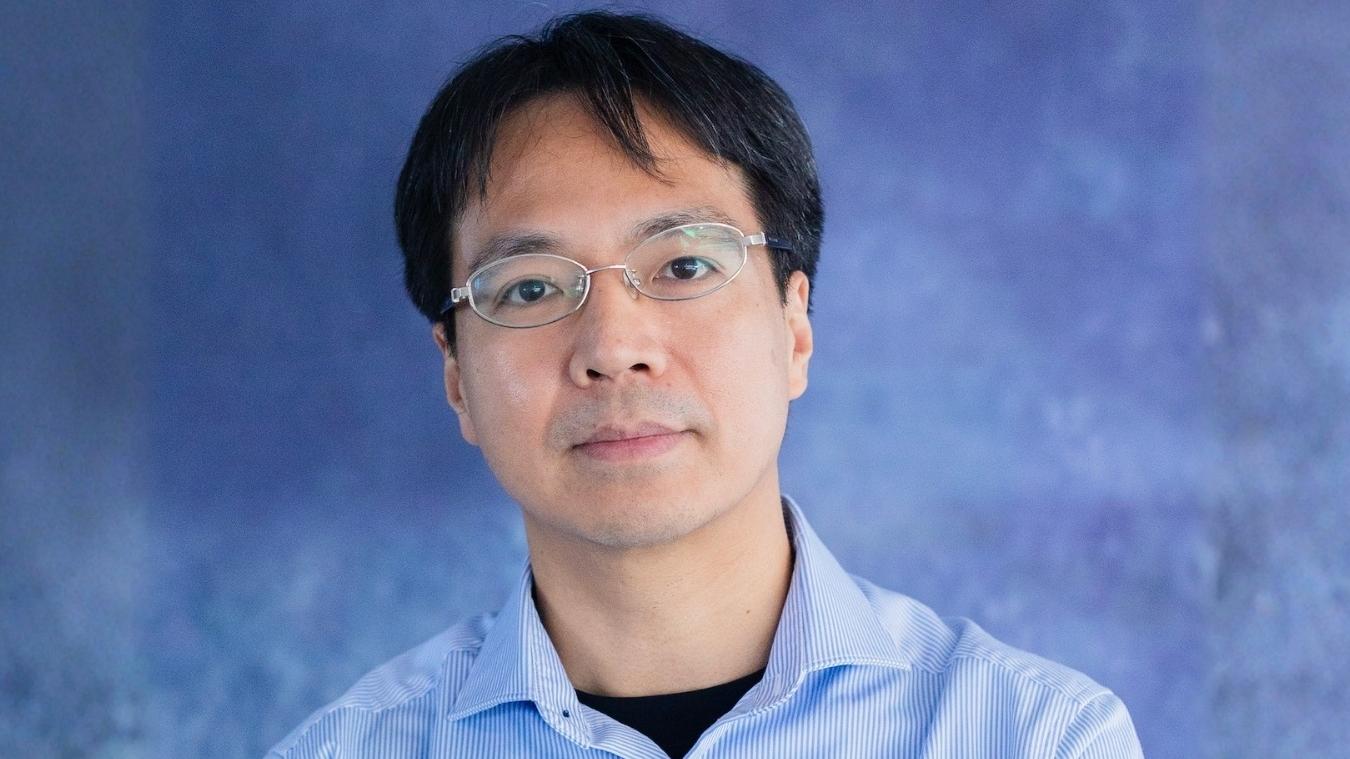Shedding Light on Nutritional Complementarity and Biomaterial Production
Researchers from The Hong Kong University of Science and Technology (HKUST) decoded for the first time the chromosomal-level genome of a deep-sea gutless tubeworm and how the worm’s co-living bacterial partners manufacture organic nutrients for its host so it can survive the extreme habitat. The discovery lays foundation for potential applications such as biomaterial production and microbial growth control.
Living in deep-sea hydrothermal vents and cold seeps ecosystems characterized by darkness, high pressure and often high concentrations of toxic substances, submarine tubeworms - common living organisms of such extreme environments, were known to owe their survival and fast growth to sulphide-oxidising symbiotic bacteria that live inside their body. However, the success behind such a complementary “marriage” between the tubeworms and their co-living bacteria had remained unknown due to the lack of genomic resources.
Now, a research team led by Prof. QIAN Peiyuan, Head and Chair Professor of HKUST’s Department of Ocean Science as well as Prof. QIU Jianwen, Professor of Hong Kong Baptist University’s Department of Biology, managed to sequence and assemble the genomes of both the tubeworm and its symbiotic bacteria, which the team collected at around 1,400 meters below sea level from a cold seep in the South China Sea.
Using integrated genomic, transcriptomic and proteomic analyses, the team discovered that the bacteria is highly versatile and can use thiosulfate, carbon monoxide and hydrogen as alternative energy sources. “The bacterium possesses complete metabolic pathways which can generate energy from the toxic substance hydrogen sulfide, and turn simple inorganic molecules such as carbon dioxide into nutrients such as carbohydrates, amino acids and vitamins/cofactors,” said Prof. Qian, who is also HKUST’s David von Hansemann Professor of Science. In addition, the tubeworm endosymbiont has evolved elaborate strategies to distract the host’s protective immunity and evade its defenses. Meanwhile, the worm’s genome has also been remodeled to facilitate symbiosis by not only encoding enzymes to digest the symbionts for nutrients, but also containing a programmed cell death pathway to maintain the bacterial population to a level that is most optimal to the worm itself.
To understand the mechanisms of the formation of tubeworms tube – a unique supporting structure for them to acquire inorganic matter from the seabed, the team further analyzed the proteins of the tubeworms’ tough chitinous tube. They discovered 35 chitin tube matrix proteins, including synthases that manufacture chitin microfibrils and secrete them to the extracellular matrix, chitin-binding proteins which cleave chitin and provide a polymer framework for the organic matrix, and proteins that enhance the toughness of the tube and remodel the chitin scaffold.
“Our finding opens new directions for potential applications – such as using the unique enzymes of the biosynthesis process for biomaterial production; developing strategies to remediate nutritional deficiency, or designing methods on microbial growth control,” added Prof. Qian.
The tubeworm and symbiont genome has been published in the international academic journal Molecular Biology and Evolution and The ISME Journal, respectively.




